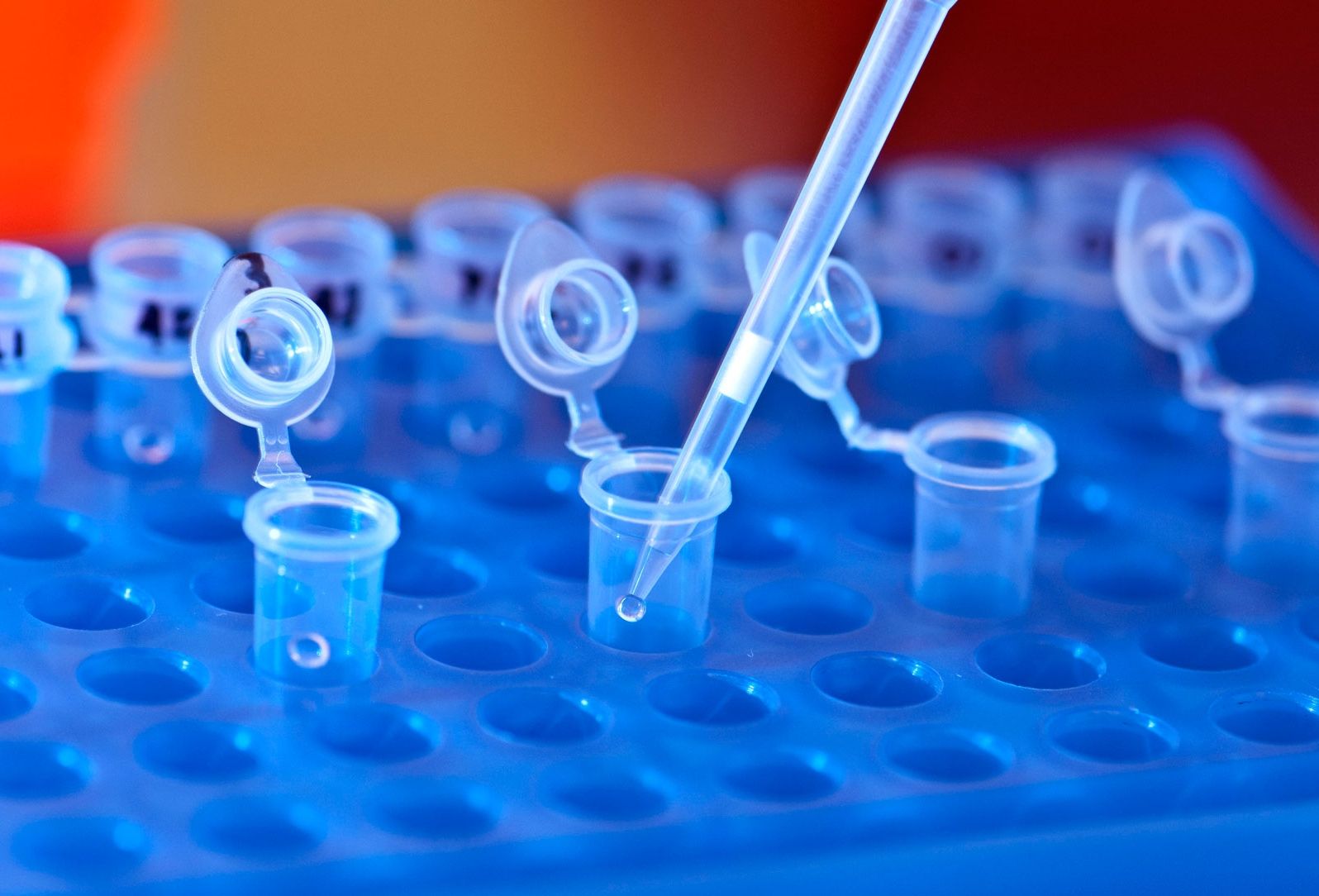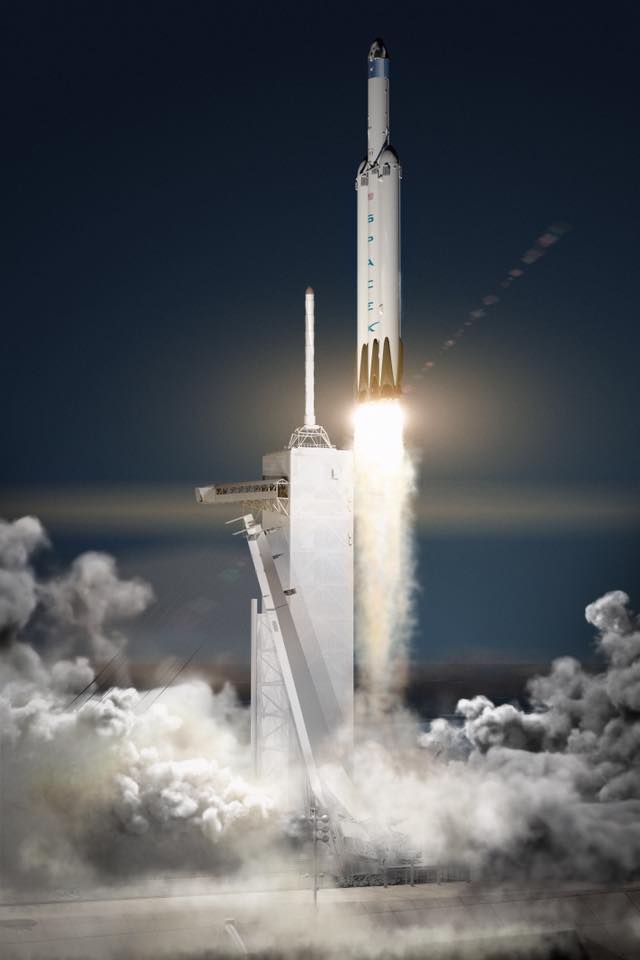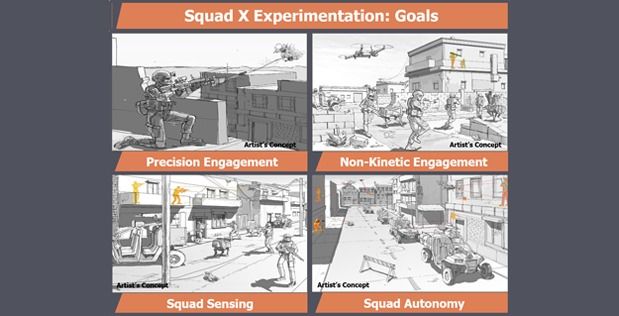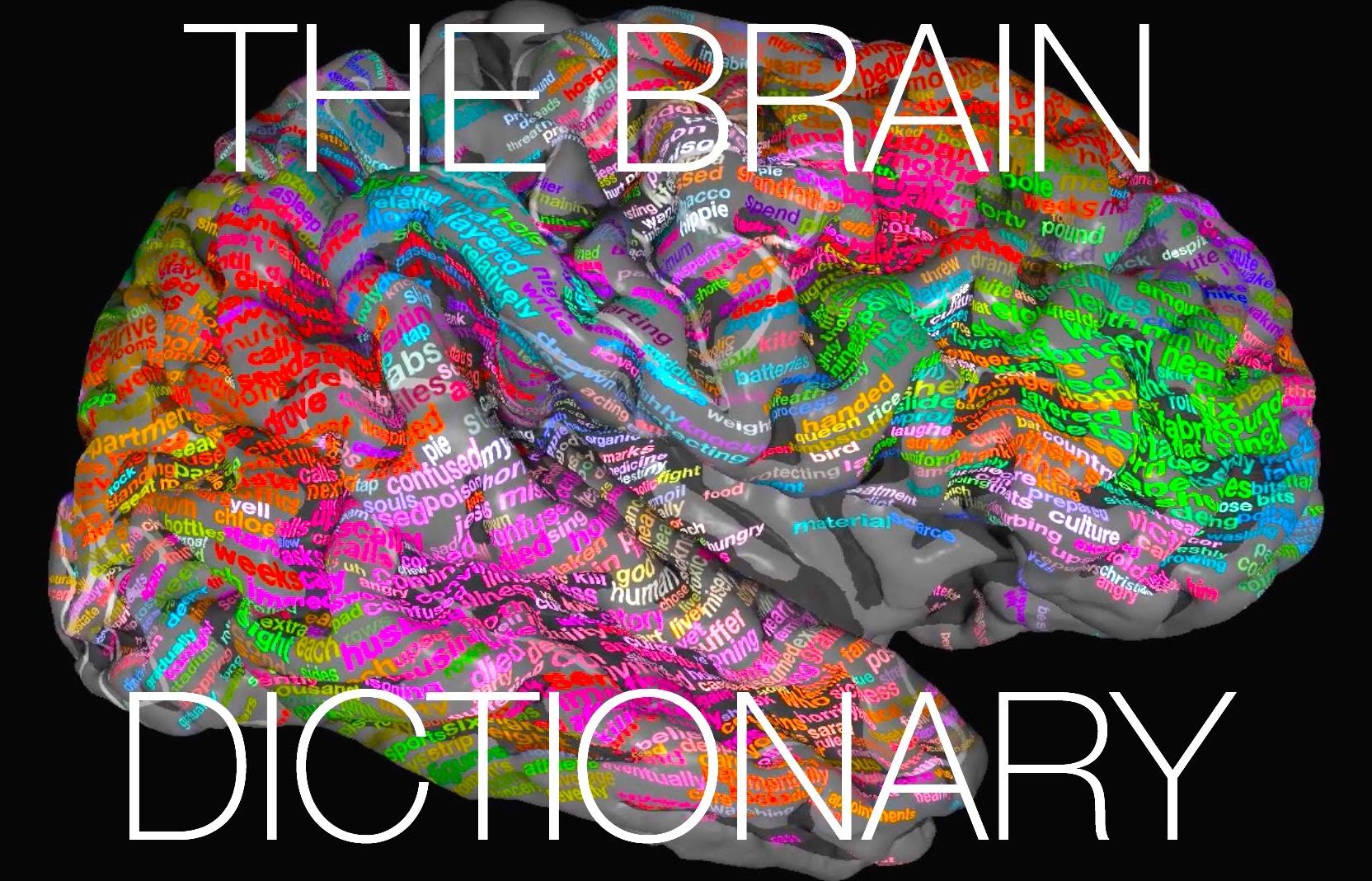Apr 27, 2016
Genetics startup Twist Bioscience is working with Microsoft to store the world’s data in DNA
Posted by Aleksandar Vukovic in categories: biotech/medical, business, genetics, information science
“[Using DNA,] you could fit all the knowledge in the whole world inside the trunk of your car,” Twist Bioscience CEO Emily Leproust told TechCrunch.
Twist Bioscience, a startup making and using synthetic DNA to store digital data, just struck a contract with Microsoft and the University of Washington to encode vast amounts of information on synthetic genes.
Big data means business and the company able to gather a lot of it is very valuable to investors and stockholders. But that data needs to be stored somewhere and can cost a lot for the upkeep.

















